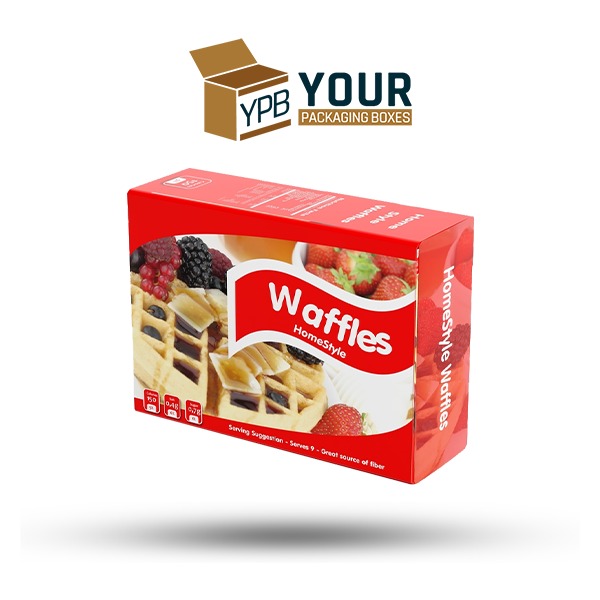The average American family spends $2,000 a year on food. That’s a lot of money, and it’s not going to go away any time soon. So what can you do to cut down on your food spending? One easy way is to switch to frozen food boxes!
In this article, we’ll take a look at the pros and cons of frozen food boxes, so that you can make an informed decision about whether or not they’re the right choice for you.
What’s in a Frozen Food Box
What’s in a Frozen Food Box?
You might be surprised to learn that the food inside your frozen food box may not be as green as you thought. In fact, many frozen food boxes use recycled materials, but there are some that use plastic bags and even Styrofoam pellets. Here’s a look at what’s in most frozen food boxes:
-Frozen food items (usually meat, poultry, or fish)
-Packaging materials (like plastic bags and cardboard boxes)
-Styrofoam pellets
The Environmental Impact of Frozen Food
When it comes to frozen food, many people assume that the products they buy are environmentally friendly. But is that really the case?
The Environmental Impact of Frozen Food
One of the biggest environmental concerns with frozen food is the packaging. According to Environment Canada, “The production and use of single-use plastics carry serious environmental consequences. Each year, millions of tonnes of plastic end up in our oceans, where it accumulates at an alarming rate. Marine life suffocates as plastic debris blocks sunlight and suffocates sea creatures that mistake it for food.”
This isn’t just a problem with frozen food, either. All plastic packaging has an environmental impact, no matter what the product. So when you’re shopping for frozen food and considering whether to buy boxes or bags, be sure to think about the environmental implications as well.
Another issue with frozen food is how it’s transported from the factory to your home. According to The Huffington Post, “In order for most goods to be shipped long distances by air, shipments must be cooled down quickly; this can require large quantities of energy and produce emissions like carbon dioxide.” Frozen food doesn’t fare much better when it comes to emissions: “In fact, transporting
Labeling Requirements for Frozen Food
What are the labeling requirements for frozen food?
The labeling requirements for frozen food depend on whether the food is a type I or type II product. A type I product is exempt from certain labeling requirements, including nutrition labeling. A type II product must include a list of ingredients and complete nutrition information.
How to recycle your frozen food boxes
Recycling frozen food boxes wholesale can help minimize waste and help reduce greenhouse gas emissions. Here are four tips for recycling your frozen food boxes:
1. Collect your empty frozen food boxes and put them in a large, sealed plastic bag.
2. Contact your local recycling center and ask if they will take the frozen food boxes.
3. Store any leftover custom frozen food boxes in the freezer so that they can be used for packing later when you package your own food for storage or transport.
4. Enjoy your recycled frozen food boxes!
Conclusion
As we all know, being environmentally friendly is important to us. It’s something that we try to do not only in our personal lives, but also in the ways that we run our businesses. When it comes to frozen food packaging boxes, however, there are a few things that you can do to make sure that your frozen food box is as green as possible. In this article, I’ve outlined five tips for making your frozen food box as sustainable as possible. Hopefully, by following these tips you’ll be able to reduce the amount of waste that you produce and help protect the environment in which we live.
